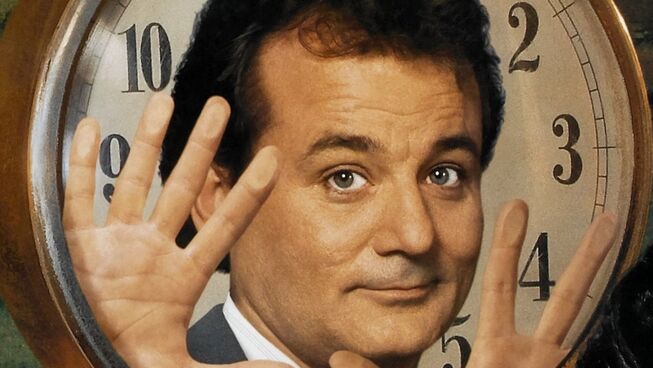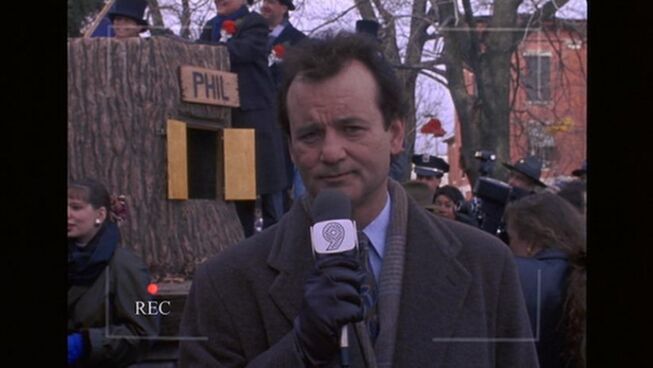God in Film study guides combine your two favourite things, God and movies. Upskill yourself for group discussions that explores deep themes. Learn to be the Producer, Director and Reviewer of your own film discussion group.
Each God in Film guide provides you with a synopsis, planning guide, tips and specially selected clips for discussing in a group. Download the attached PDF guide to get started.
Synopsis: Groundhog Day begins as a comedy, briefly turns into an existential nightmare, and ends as a romance. It carries itself lightly throughout, and because of this, though it was reviewed positively when it was released in theaters in 1993—reviewers called it “breezy” and “lovable”—no one gave it serious thought. Groundhog Day was seen as a good Bill Murray vehicle and not much more. Casting Murray as the lead is certainly key to the film’s charm. Murray always seems to have one foot in the movie and one foot out. Moreover, he moves between these spaces effortlessly. Murray’s characters feel like they are participating in the events of the story and commenting on them at the same time. Groundhog Day allows Murray to do this within the story explicitly. Because Phil has lived through February 2 countless times before, he knows what’s going to happen in every moment and anticipates it, sometimes cynically, sometimes sentimentally, but always humorously. Murray makes this movie “breezy” and “lovable.” He never takes what’s happening too seriously, so the audience doesn’t either. This lightness allows Groundhog Day to offer a perspective on life without ever feeling preachy. Summary supplied by Elijah Davidson








